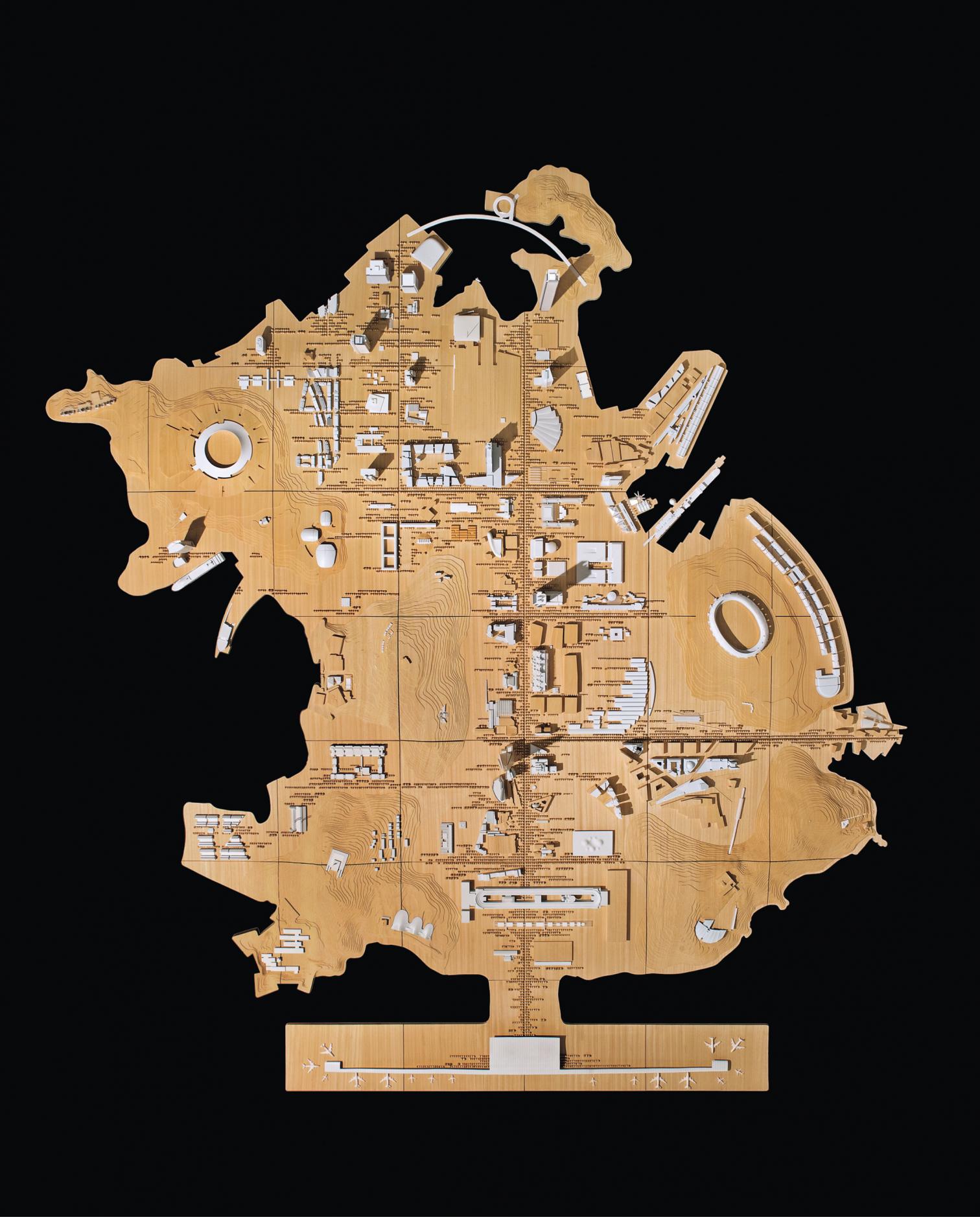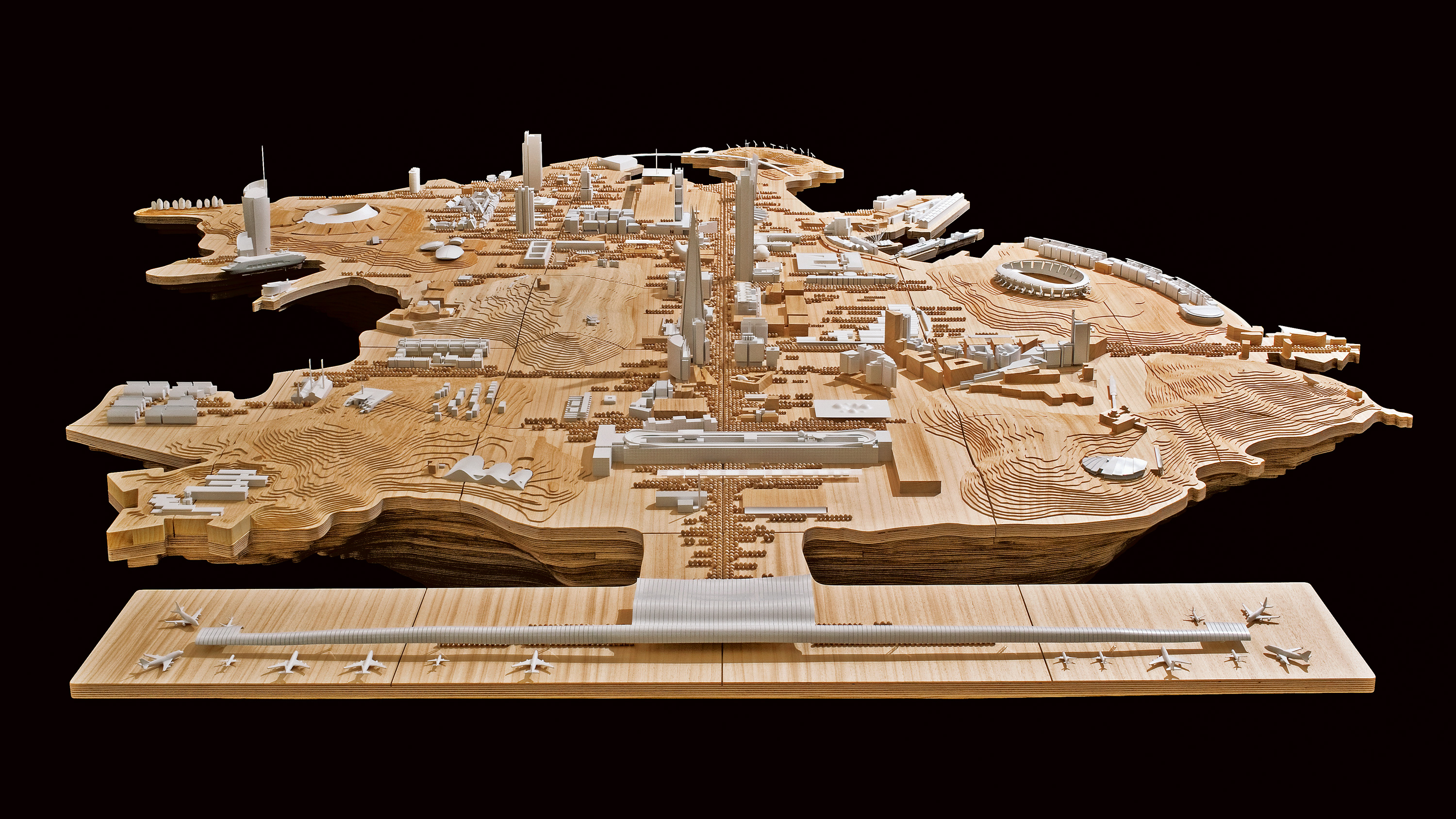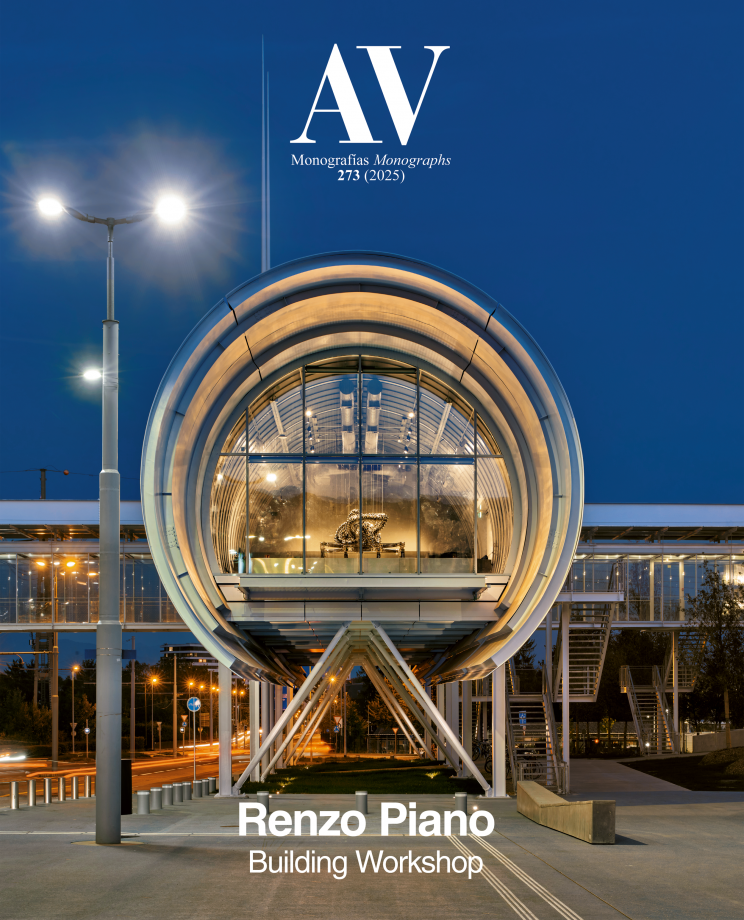
The complete oeuvre of Renzo Piano is clustered in a magic island. He has often dreamed of sailing the seas in search of Atlantis, but while that day comes he has gathered more than a hundred of his works on an island that we celebrate here borrowing a title from the poet Juan Ramón Jiménez. The constructions reproduced at the same scale in this imagined territory sum up sixty years of a journey that merges material exactitude with poetic emotion, and which understands architecture as a craft of precision. Eight centuries earlier, the Provençal poet Arnaut Daniel thought likewise, linking his trobar ric to a goldsmith’s work, and combining in his sestinas painstaking work (“I am Arnaut who gathers up the wind / and chases the hare with the ox/ and swims against the torrent”) with aesthetic awe (“Now I see reds, greens, blues, whites and yellows.”) Petrarch judged him “fra tutti il primo,” and Dante as “il miglior fabbro del parlar materno,” so, if indeed construction is the mother tongue of architecture, Piano can be called il miglior fabbro.
That poetic island has been created by the choral work of an office that uses the metaphor of the red thread – included in the cordage of the Royal Navy to distinguish it and prevent theft – to single out its work, associated with flexible spaces and light constructions permeable to the urban context and able to reconcile crafts and industry. I suggest completing the description with what I dare call ‘the Piano method,’ evoking the actor training system promoted in Moscow a century ago by Konstantin Stanislavski, and which would become popular in New York after World War II with Lee Strasberg’s Actors Studio. The Stanislavski method seeks the emotional connection between the actor and the character played, and the Piano method establishes that connection between the architect and those he designs for. The empathy with client, builder, or users extends to passers-by, champions of heritage or mayors: architecture is always an alteration of the environment and of customs, and all this often demands putting oneself in the shoes of others.
The Piano method requires identifying oneself with each of the actors involved in building, trying to feel the emotions that move each one, because only in this way will the different interests at stake be respected. My own experience through conversations with clients or users of his projects has shown me the emotional bond with the architect, and that connection is both an individual asset and a social capital. The fil rouge that weaves the studio’s works also ties the knots that connect all the partakers in the construction process, which goes beyond the role of the architect as an agent of the client. We usually distinguish shareholders from stakeholders – the owners of shares in a company’s stock and those affected by its projects –, and the Piano method tries precisely to extend empathy to both. This is the strength of the Paris and Genoa offices, and of their fidelity to the method depends the continuity and future of those artisans that speak the mother tongue of architecture, and whose achievements are reflected in the mythical geography of the Atlantis emerged from the waters.[+]






